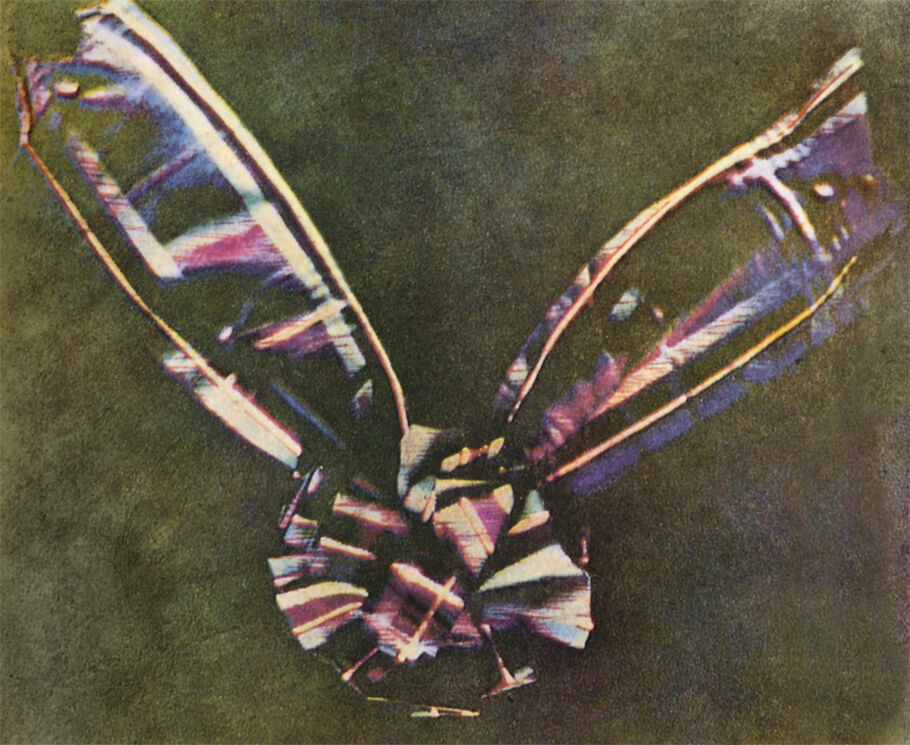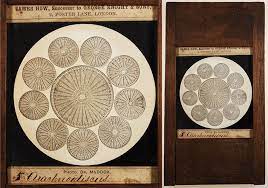The word Photography literally means ‘drawing with light’, which derives from the Greek photo, meaning light and graph, meaning to draw.
However, photography essentially is the process of recording an image – a photograph – on light sensitive film or, in the case of digital photography, via a digital electronic or magnetic memory.
where, when and how did it all start?
Photography, as we know it today, began in the late 1830s in France. Joseph Nicéphore Niépce used a portable camera obscura to expose a pewter plate coated with bitumen to light. This is the first recorded image that did not fade quickly.


The Tartan Ribbon
The tartan ribbon, the world’s first color photo was produced in 1861 by Scottish physicist James Clerk Maxwell. The image was created by photographing the tartan ribbon three times through red, blue, and yellow filters, then recombining the images into one color composite.
The first photographic technologies were produced during the 1830s and 40s. The invention of photography would revolutionize culture and communication in the West forever. For the first time, images of ‘real’ life could be captured for posterity and sent around the world, this was the original purpose of photography.
Louis Daguerre
French painter and physicist who invented the first practical process of photography, known as the daguerreotype.
Henry Fox Talbot
He is best known for his development of the calotype, an early photographic process that was an improvement over the daguerreotype of the French inventor Louis Daguerre.

Richard Maddox
Dry plate, also known as gelatin process, is an improved type of photographic plate. It was invented by Dr. Richard L. Maddox in 1871, and had become so widely adopted by 1879 that the first dry plate factory had been established.

what is the purpose of photography?
Essentially, the purpose of photography is to communicate and document moments in time, you are able to capture still life and hold that image with yourself. Photography is so beneficial to us as we can use it in so many different ways.
why is photography important today?
Photography has the power to inspire many people. An inspiration that could lead to a change for the better. It’s also a visual learning tool that helps non-verbal people communicate. Photography is important because it opens a view into a person’s mind and allows them to convey messages.
Photography is important because we can document something and have it forever. Photography lets us see something we may never have noticed otherwise. Photography is history and allows us to learn and visualize what life was like in the past, or even show ideas of what life will be like in the future.
Photography is used everywhere, on the news, on TV, on social media, newspapers, books, magazines, the internet and so on. It is also looked at in a scientific way; this is because scientists would have no idea what things such as cells look like if it weren’t for photography, they wouldn’t be able t prove or show anything.
DAVID CAMPANY
Considering his assertion that: ‘photographs confuse as much as fascinate, conceal as much as reveal, distract as much as compel. They are unpredictable communicators.’
I believe that David Campany examines the seemingly ordinary act of looking at a photograph. Unpredictable and inscrutable, images, he argues, are anything but mundane. In this quote he is basically proposing that there is a deeper meaning behind just a photograph.
Leap into the void
Leap into the void is an example of where photography can be interpreted in many different ways. Viewers may feel fear but be intrigued to keep reading into the image and the story behind it. Some may believe this is a live image of what happened, but instead is a set up staged picture. Two images were taken one with men ready to catch him in tar-pooling and then he was cut out and put into empty image creating a documentary photography. It was in this mass-produced form that the artist’s seminal gesture was communicated to the public and also notably to the Vienna Activists. The photograph may have some representation of the world at the time in the 1960s.


